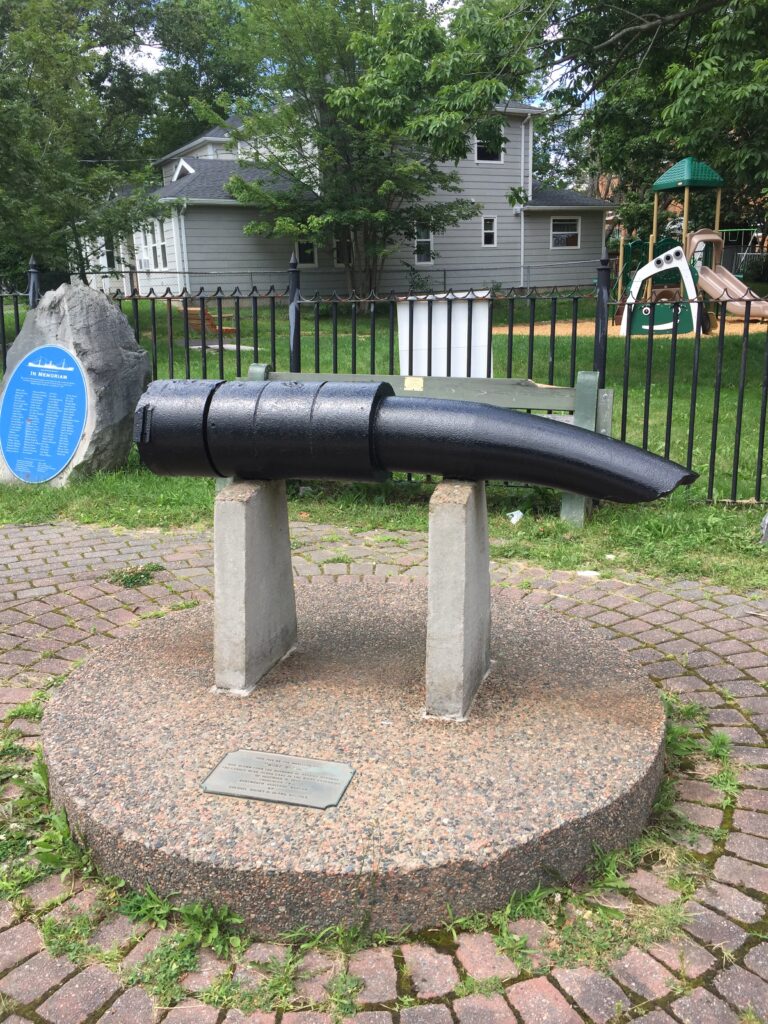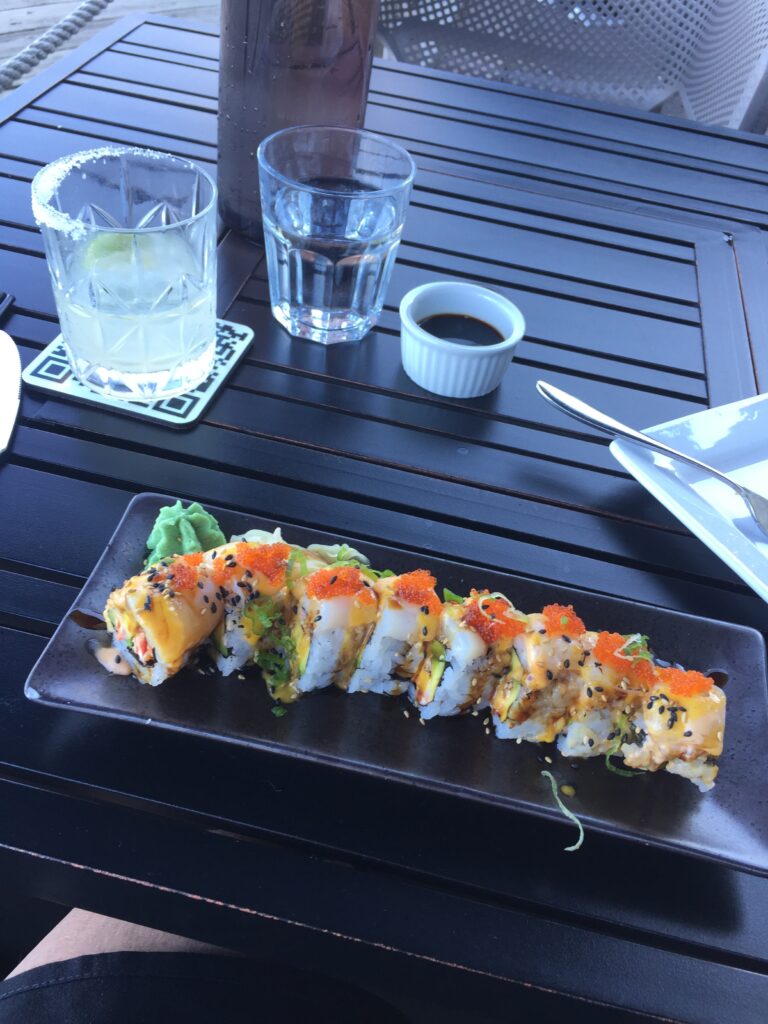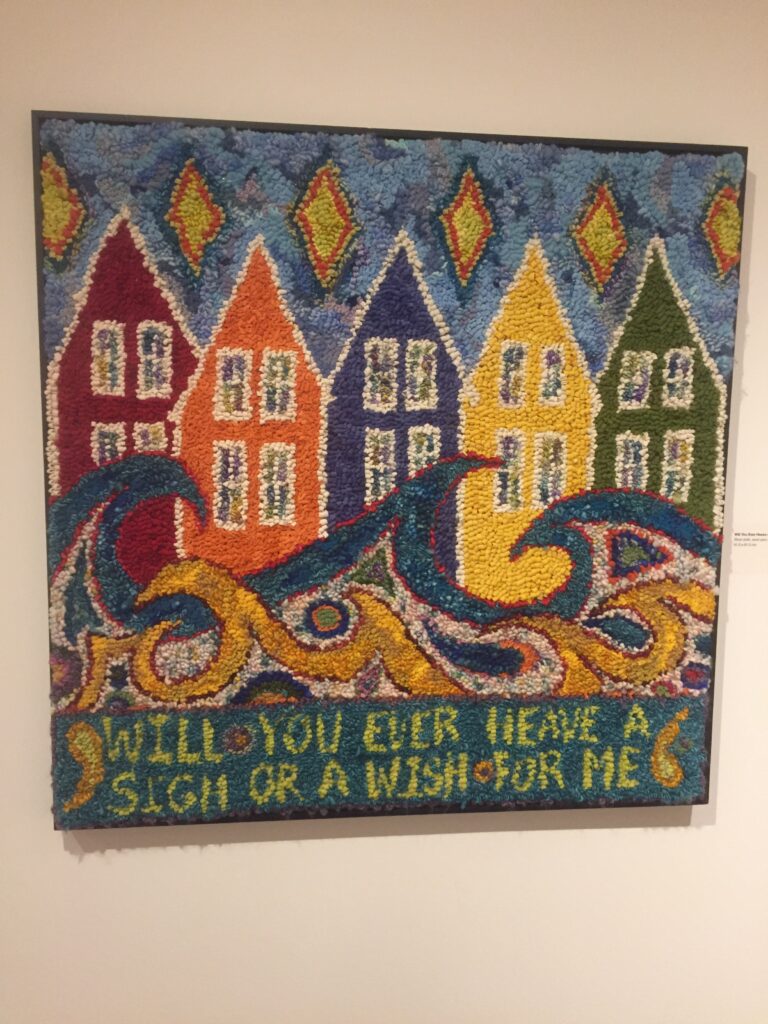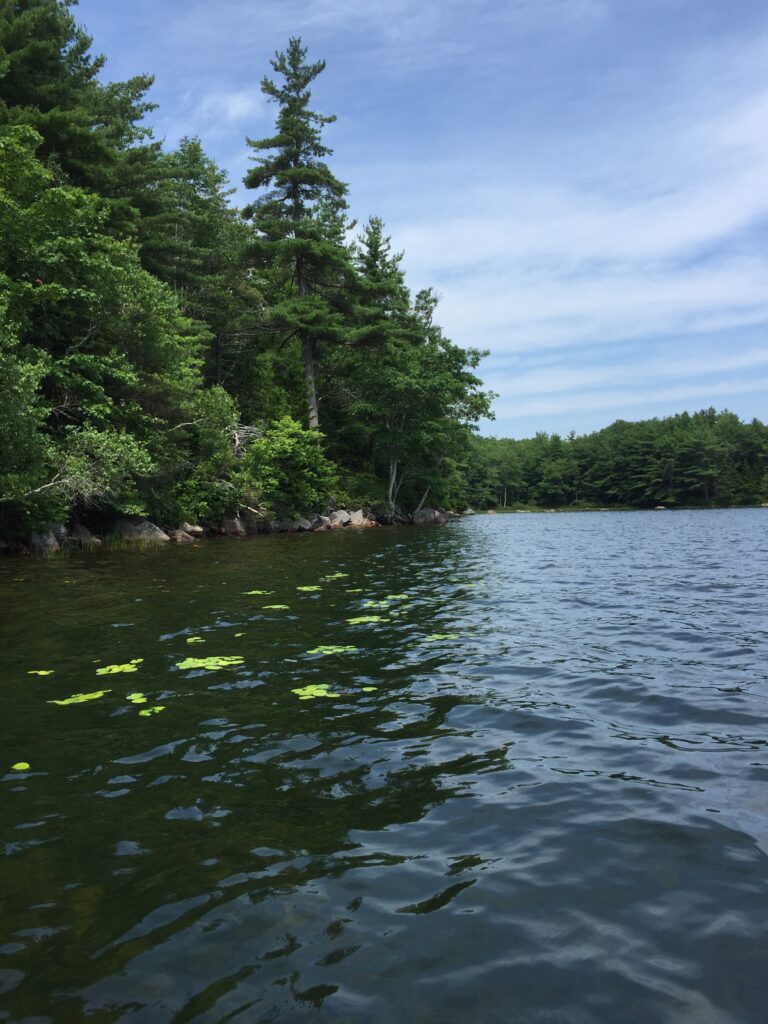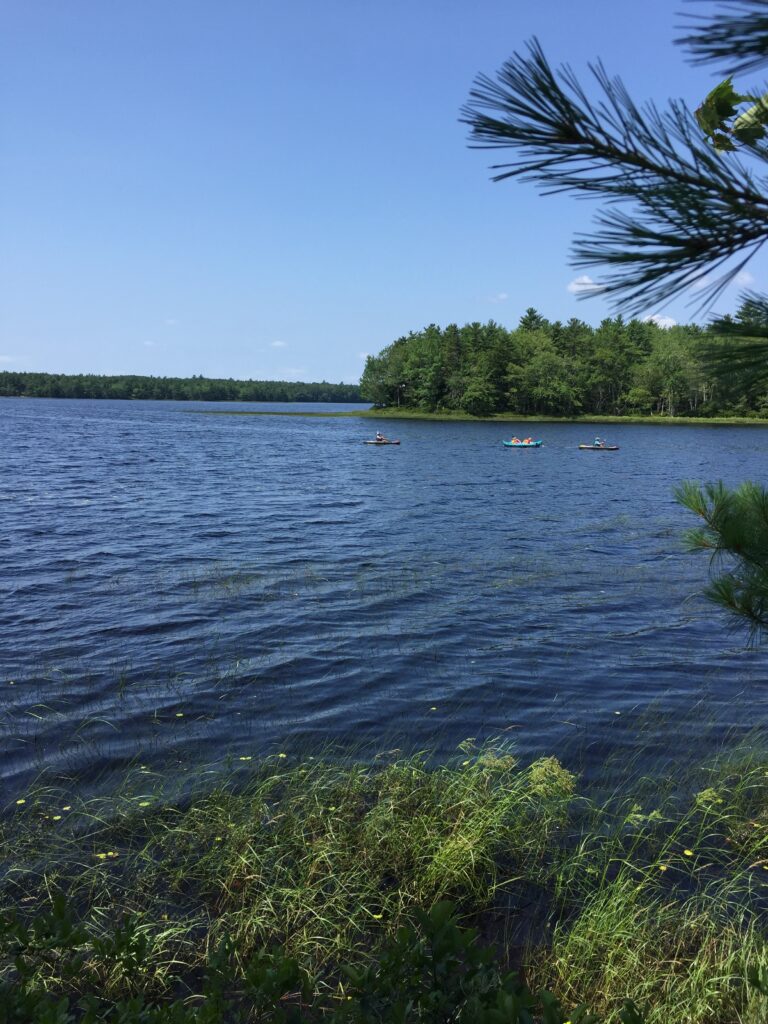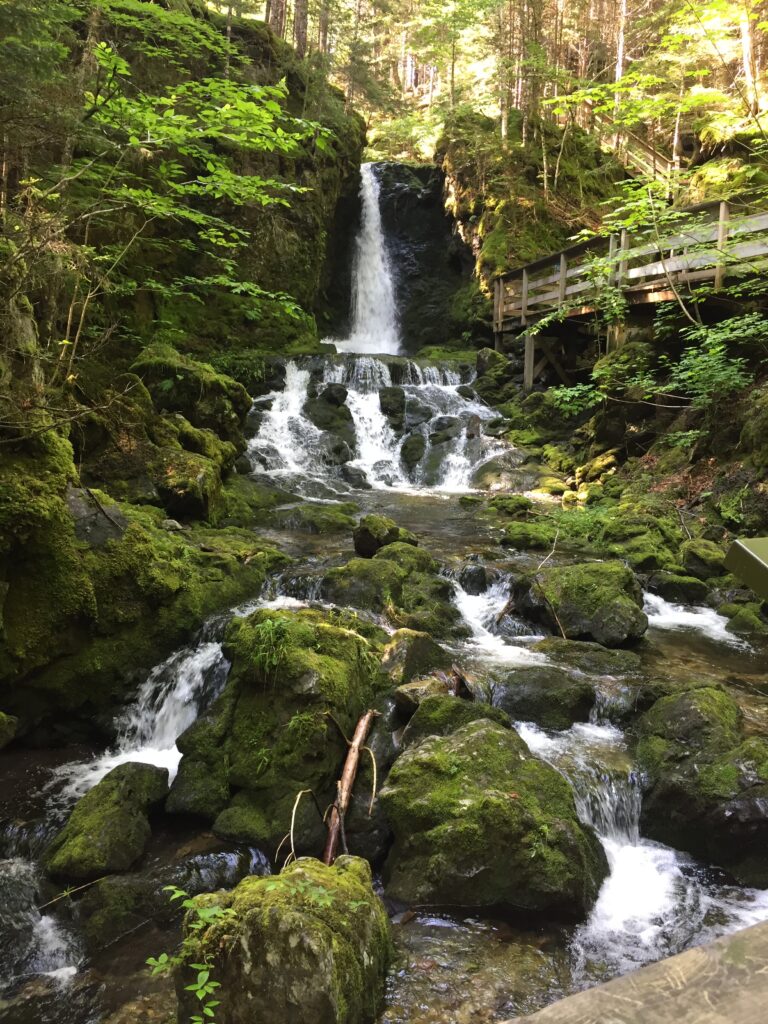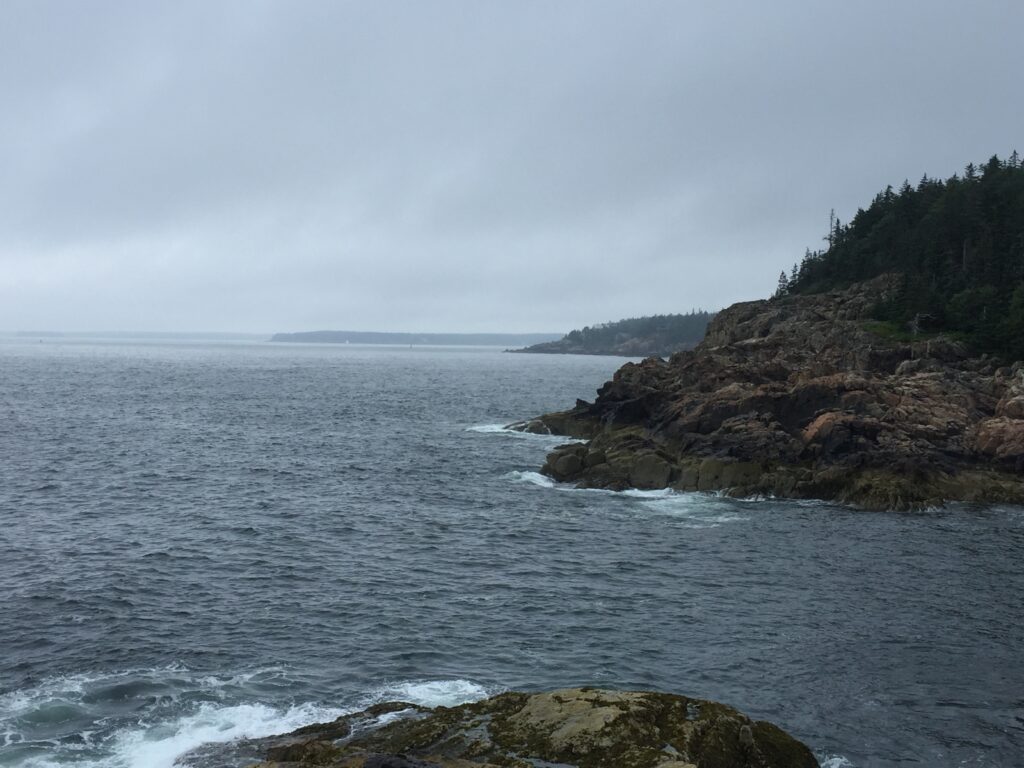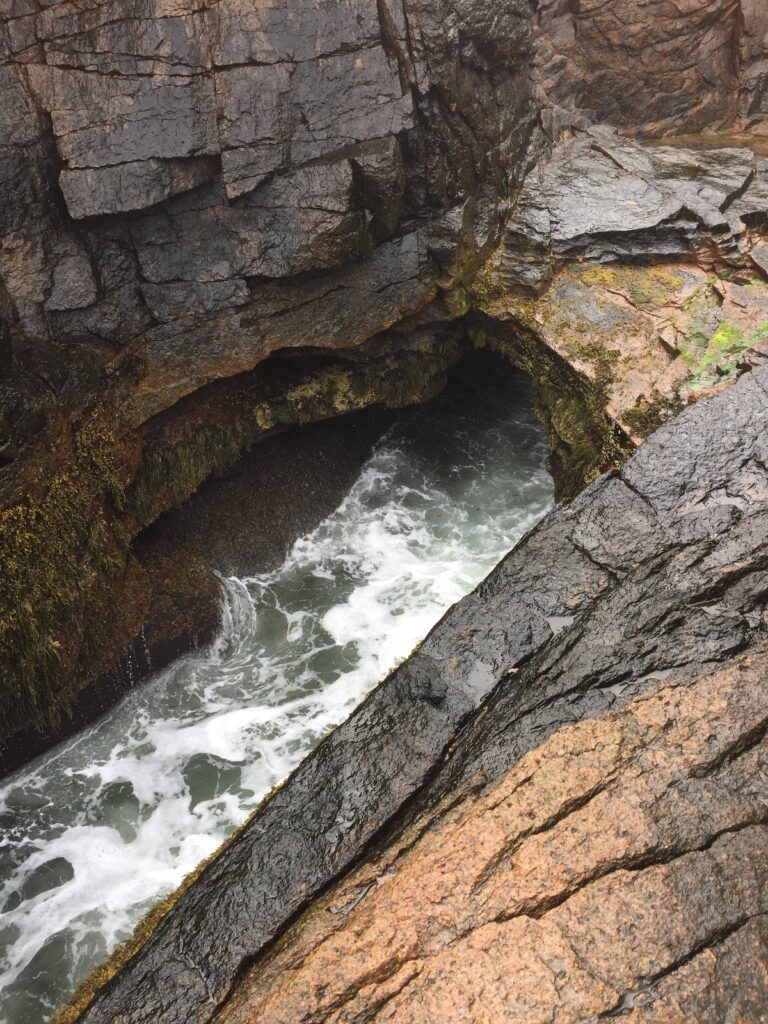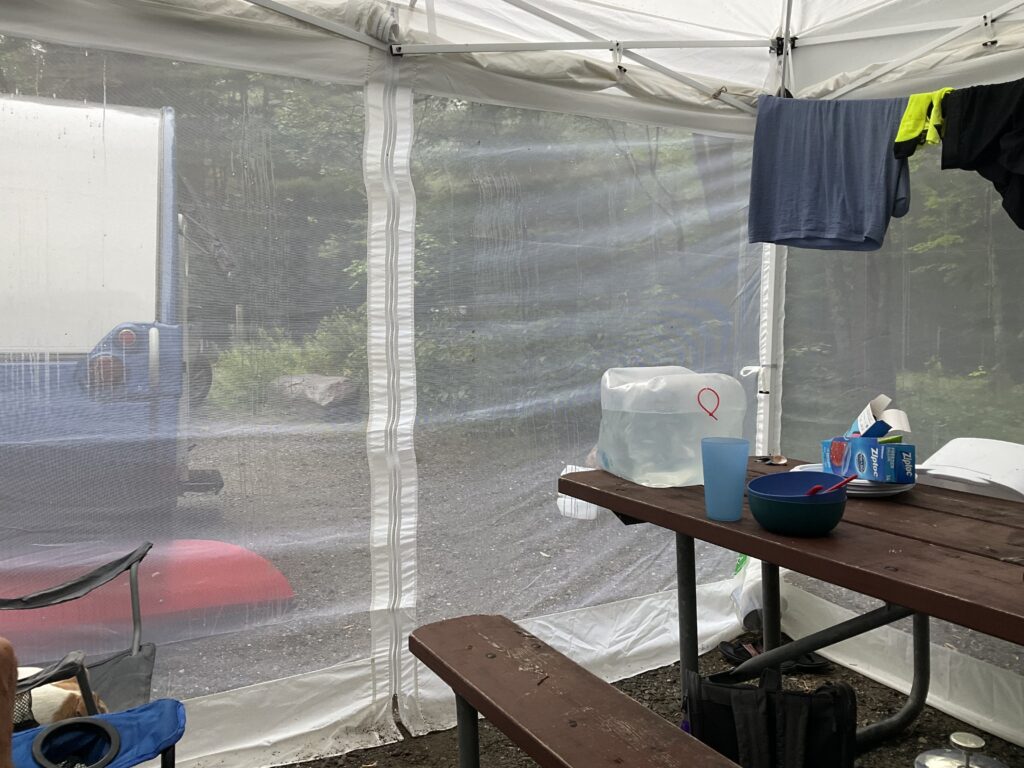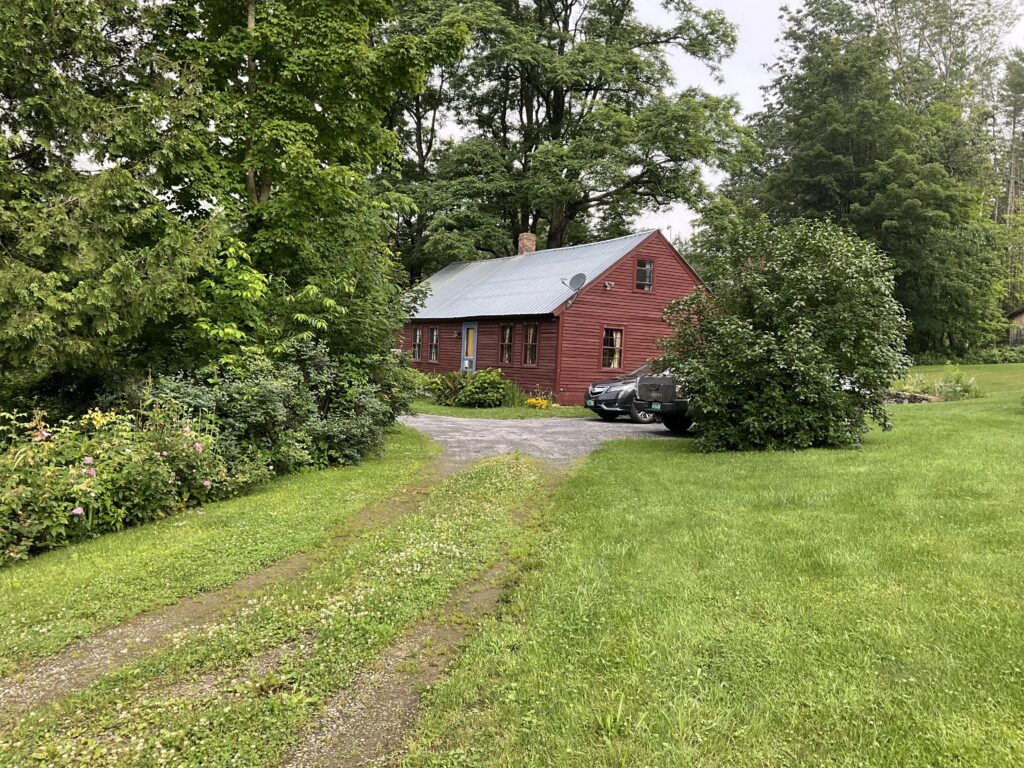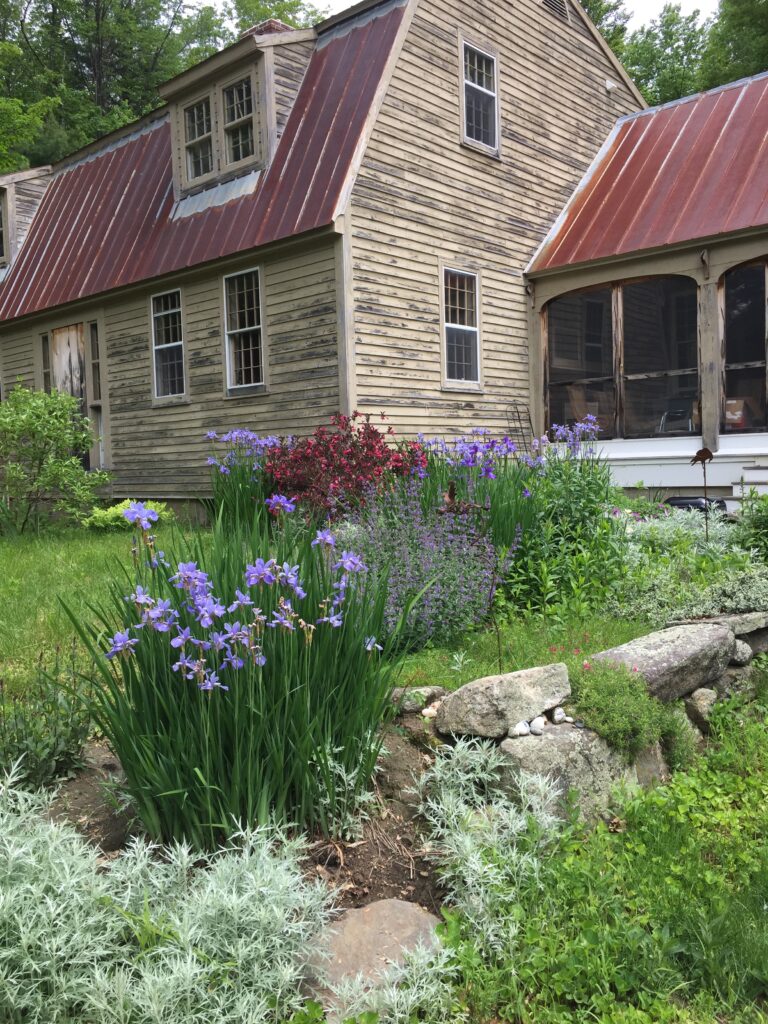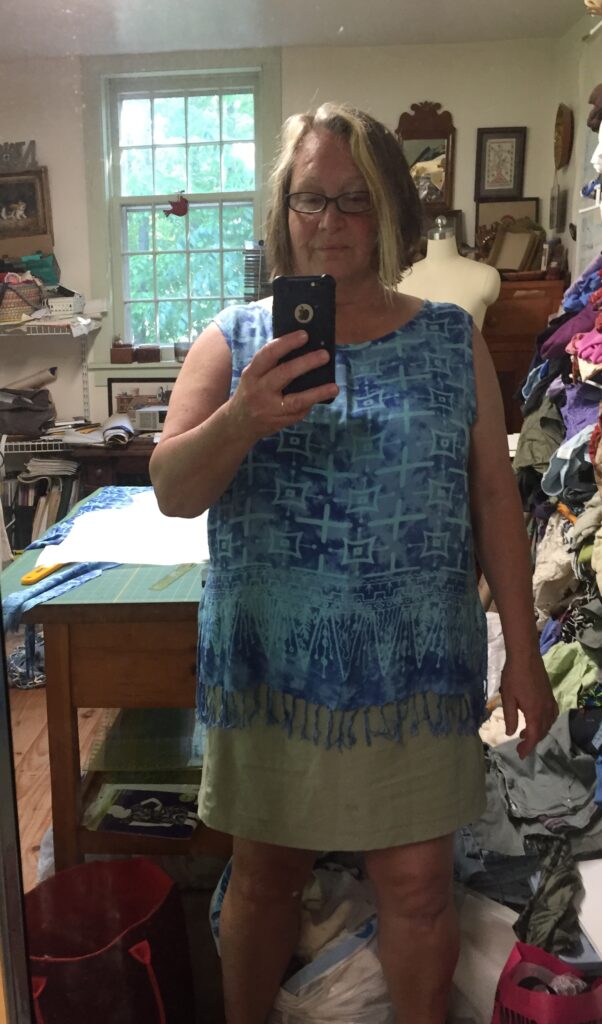One of the advantages of staying in one place for awhile is that you get to learn more details about the culture of an area. Tonight, for instance (Monday, August 7), when I stopped at a local pizza and ice cream place, I noticed that their sign read “Pizza and Donaires.”
Never heard of a donaire, so I stepped inside the small shop and asked. “Where are you from?” the boss, an older man, asked. “Massachusetts,” I replied, as his teenage worker tried to explain by opening a big tub of mystery meat. After further details, it appeared that a donair was similar to those street vendor pita wraps, where they slice meat off a big hunk on a spit, and add various condiments. He assured me they made a “very good donair,” and the owner warned me of the effects of getting hooked on them. So I ordered one.
Behold the donaire!

It comes with a special “donaire sauce.” I dunno what I was expecting, but this …. wasn’t …. it. The “special sauce” tasted oddly like melted ice cream, and its sweetness was at odds with the spicy meat. Also, it was the messiest thing I’ve ever tried to consume (in retrospect, I should have used utensils). Putting it on a pita wrap was just misleading.
I guess it’s like poutine, or scrapple. Either you were born with a taste for it, or you’re from somewhere else.
Excuse me while I go find the Tums.
